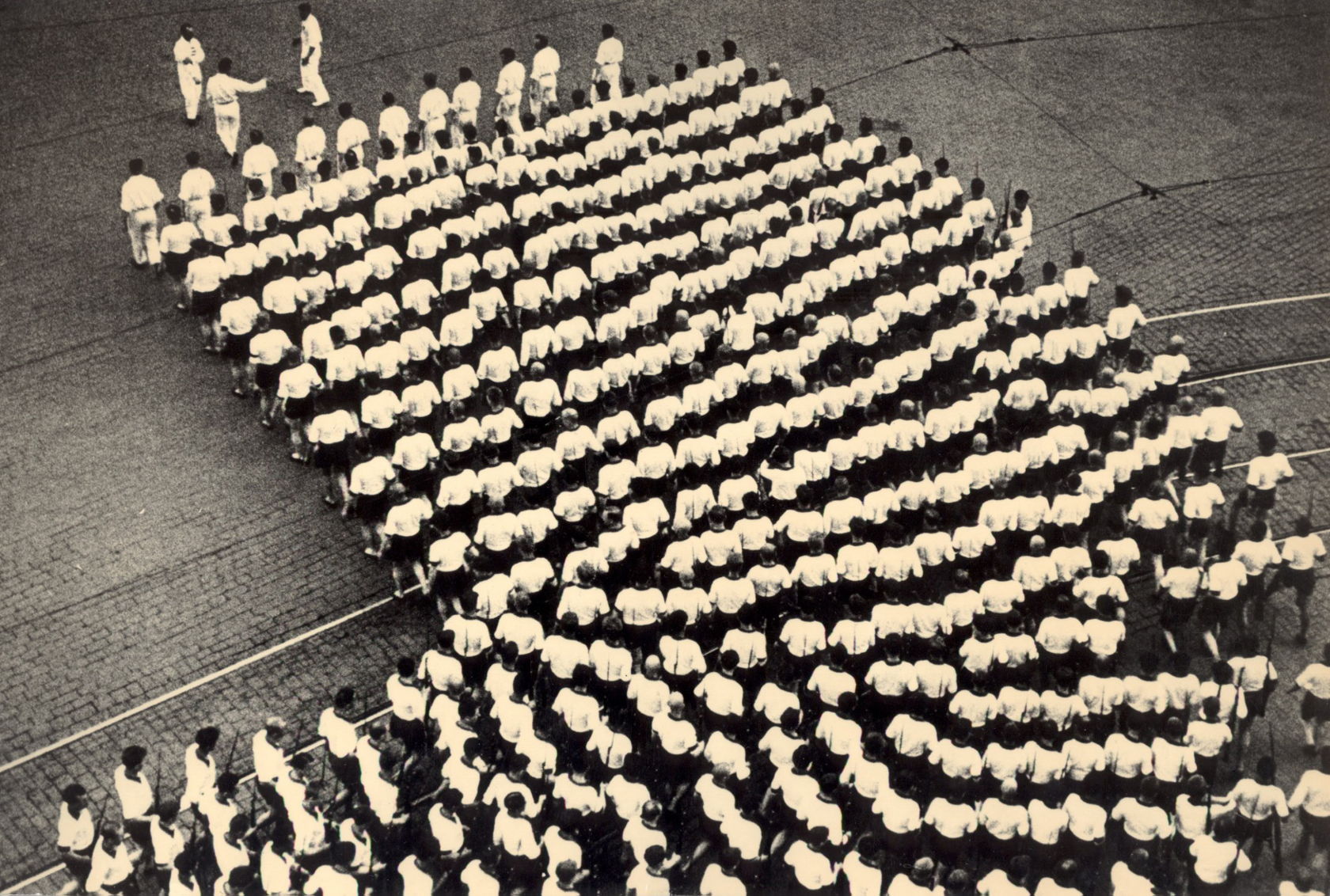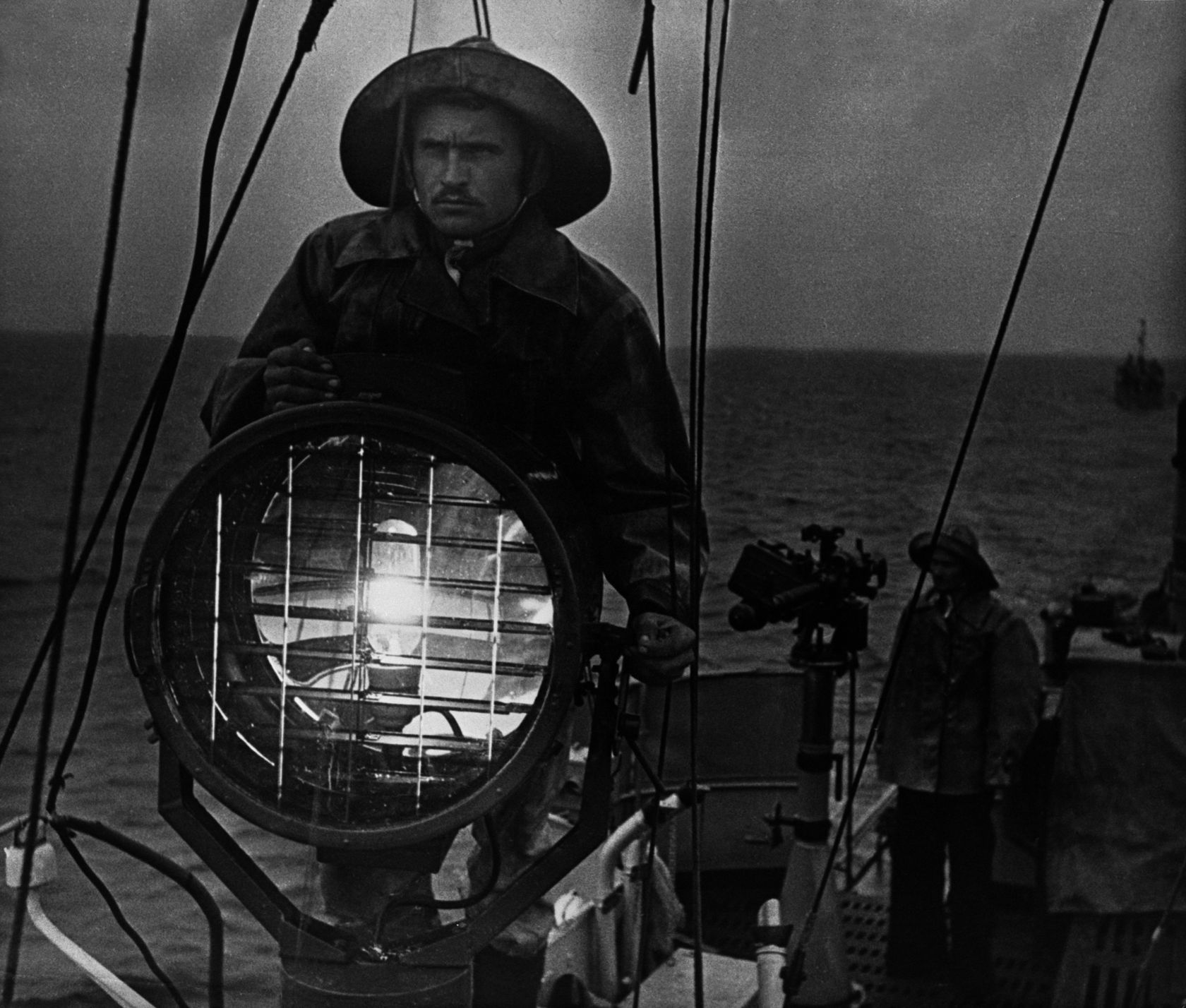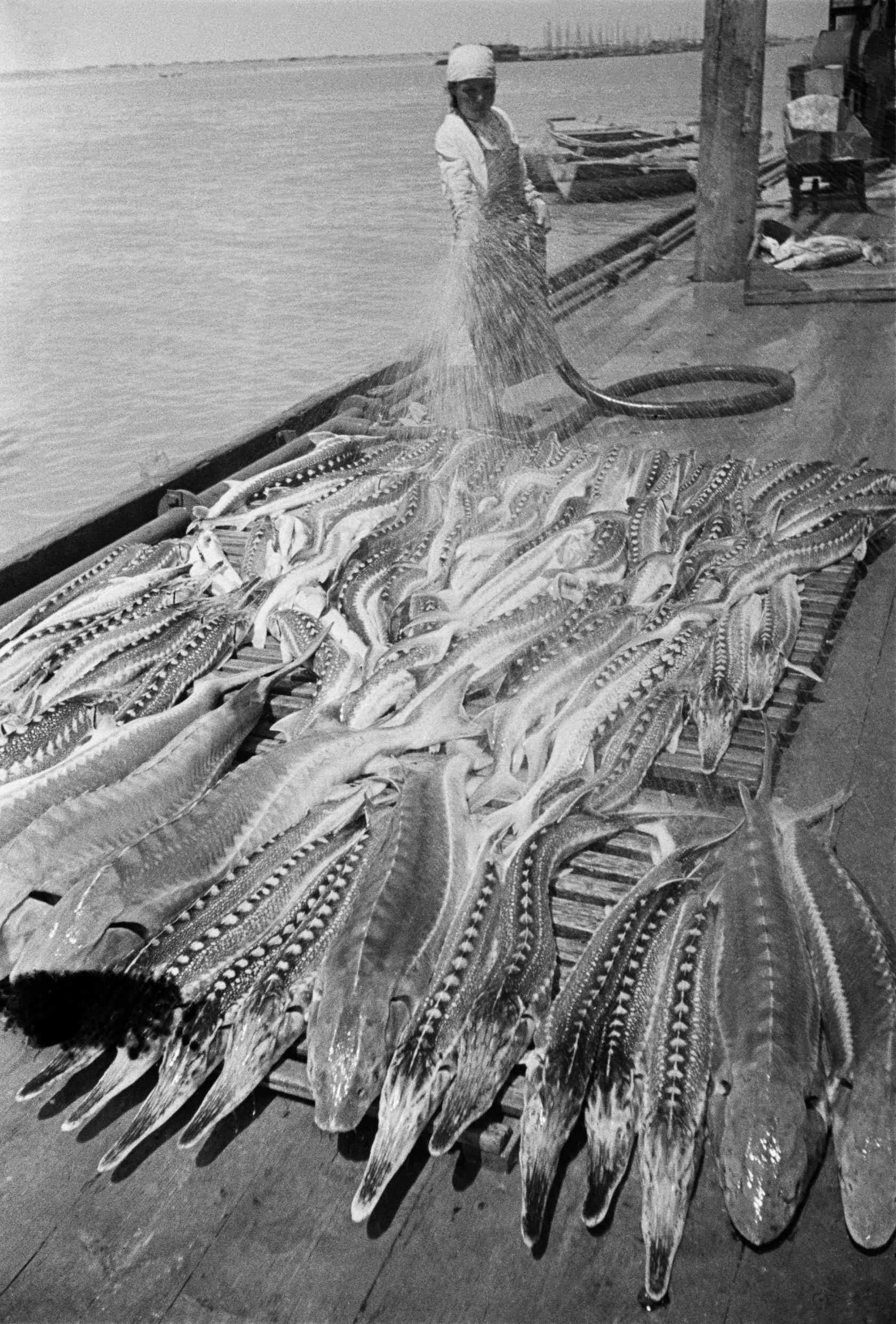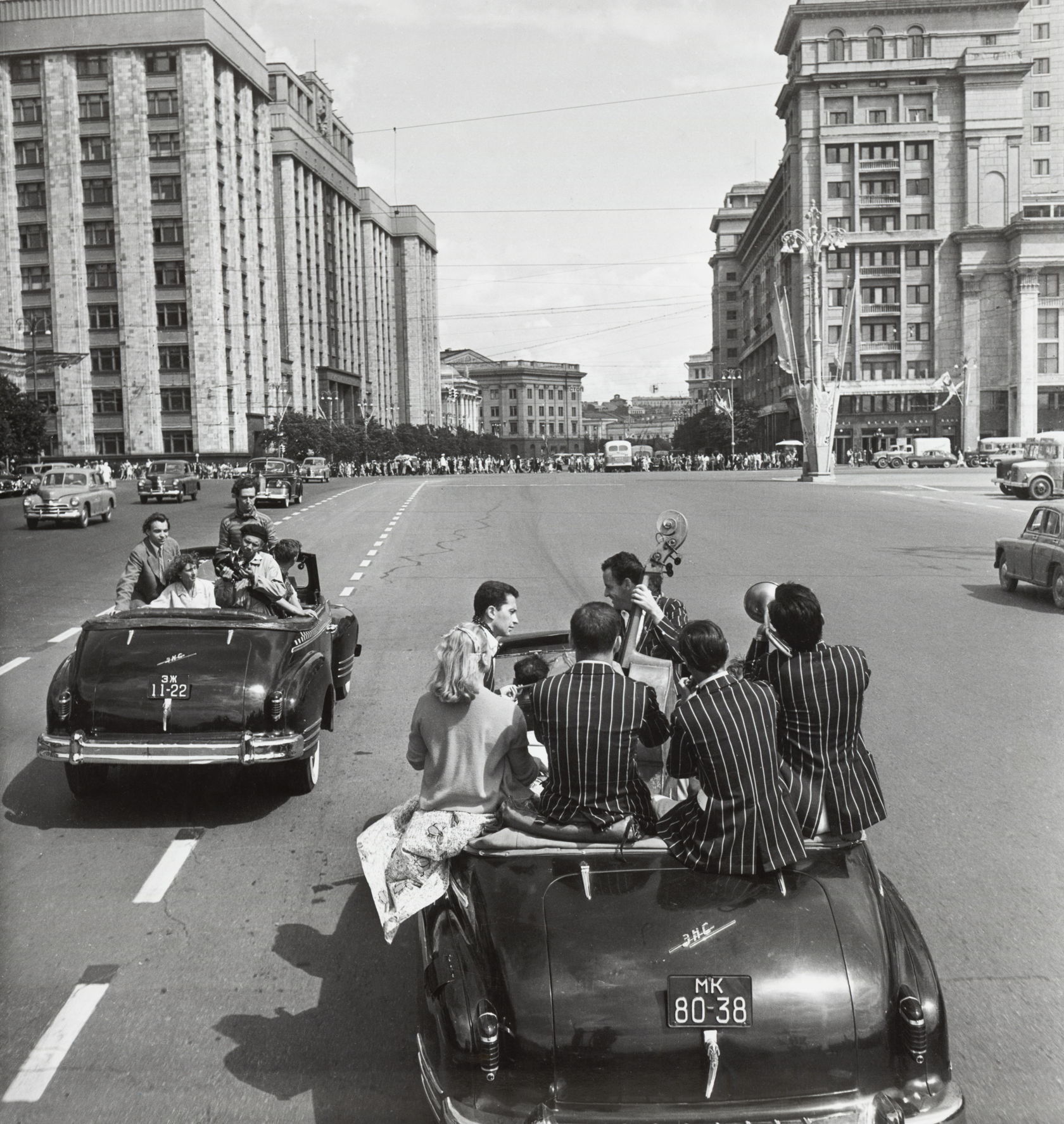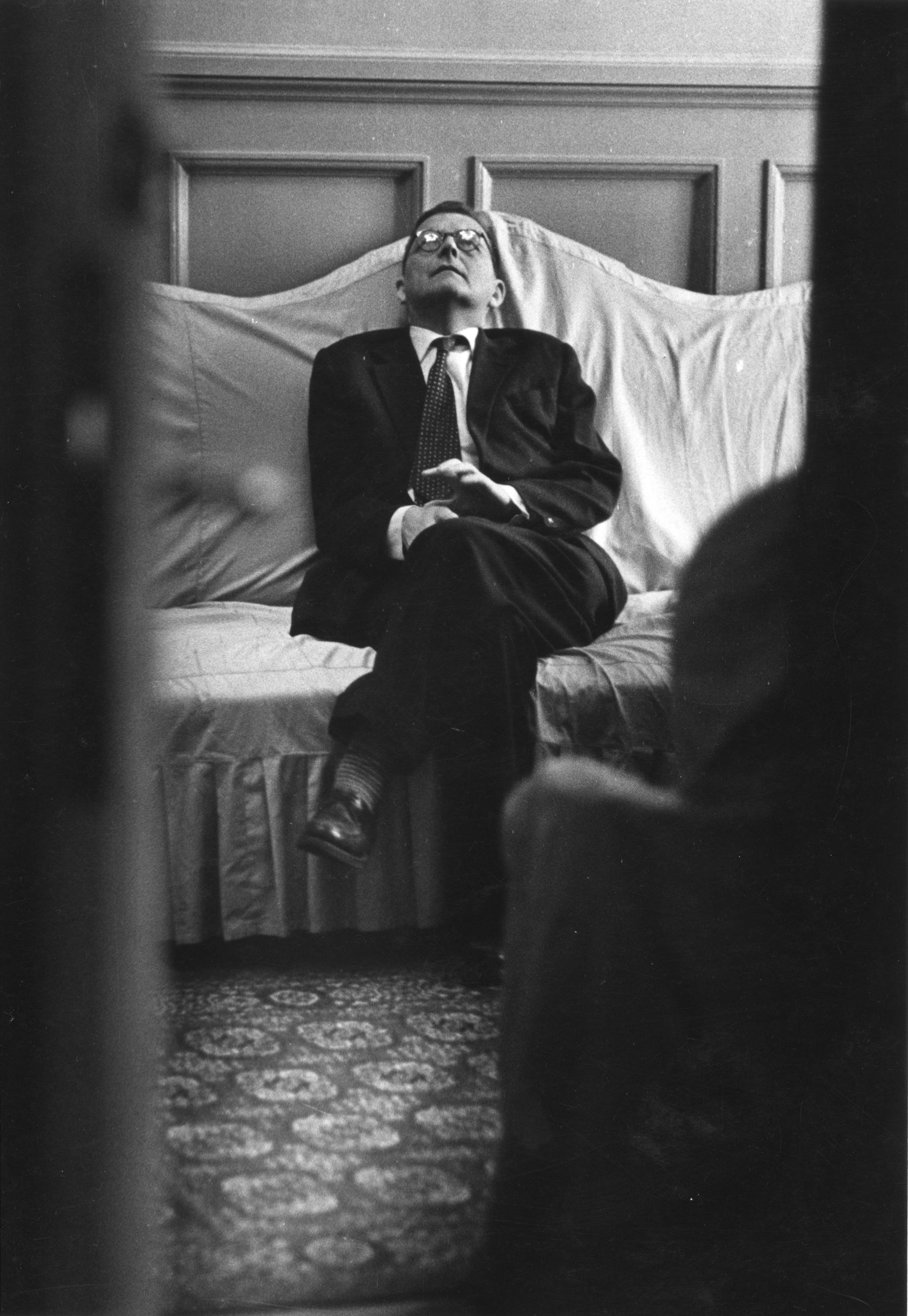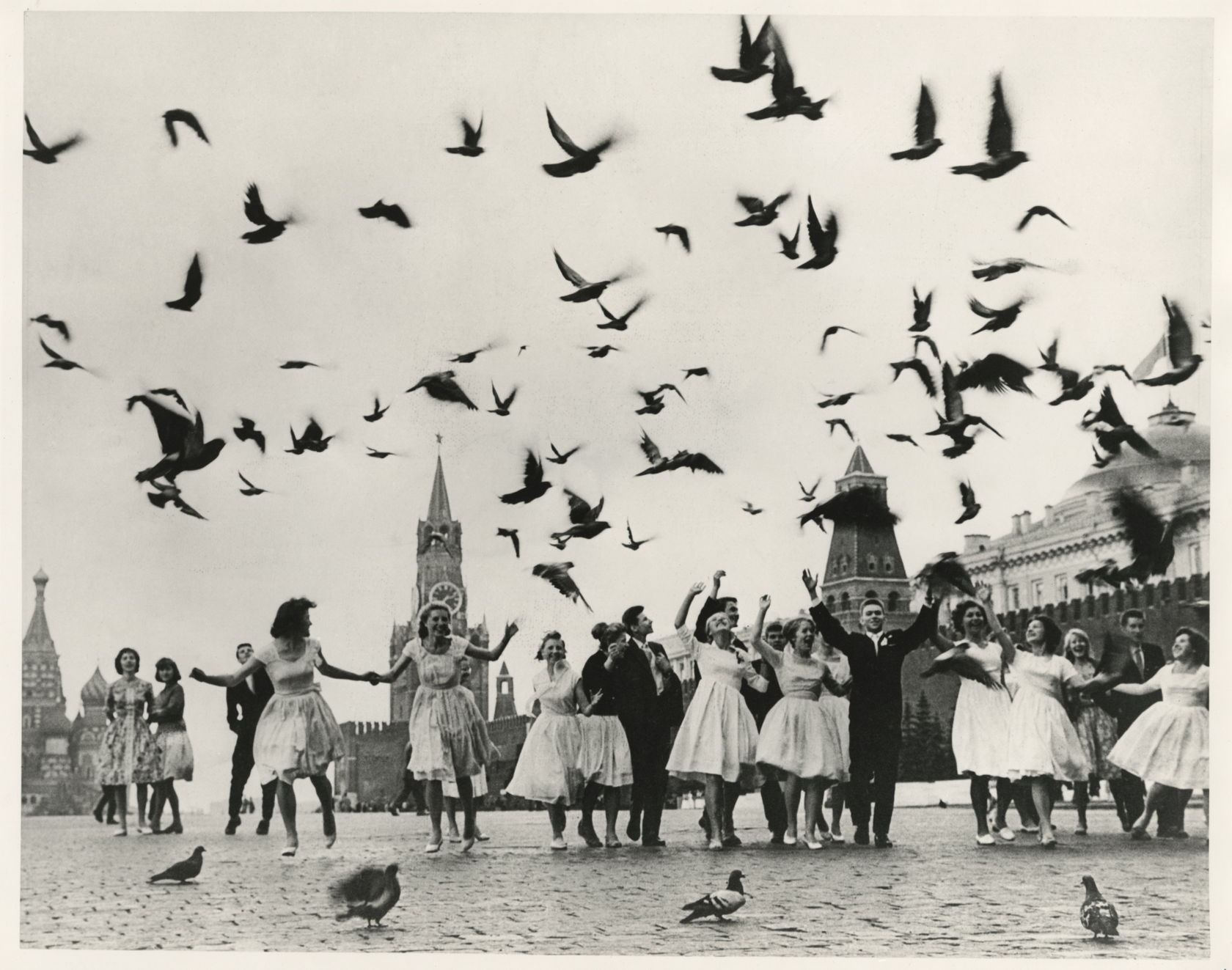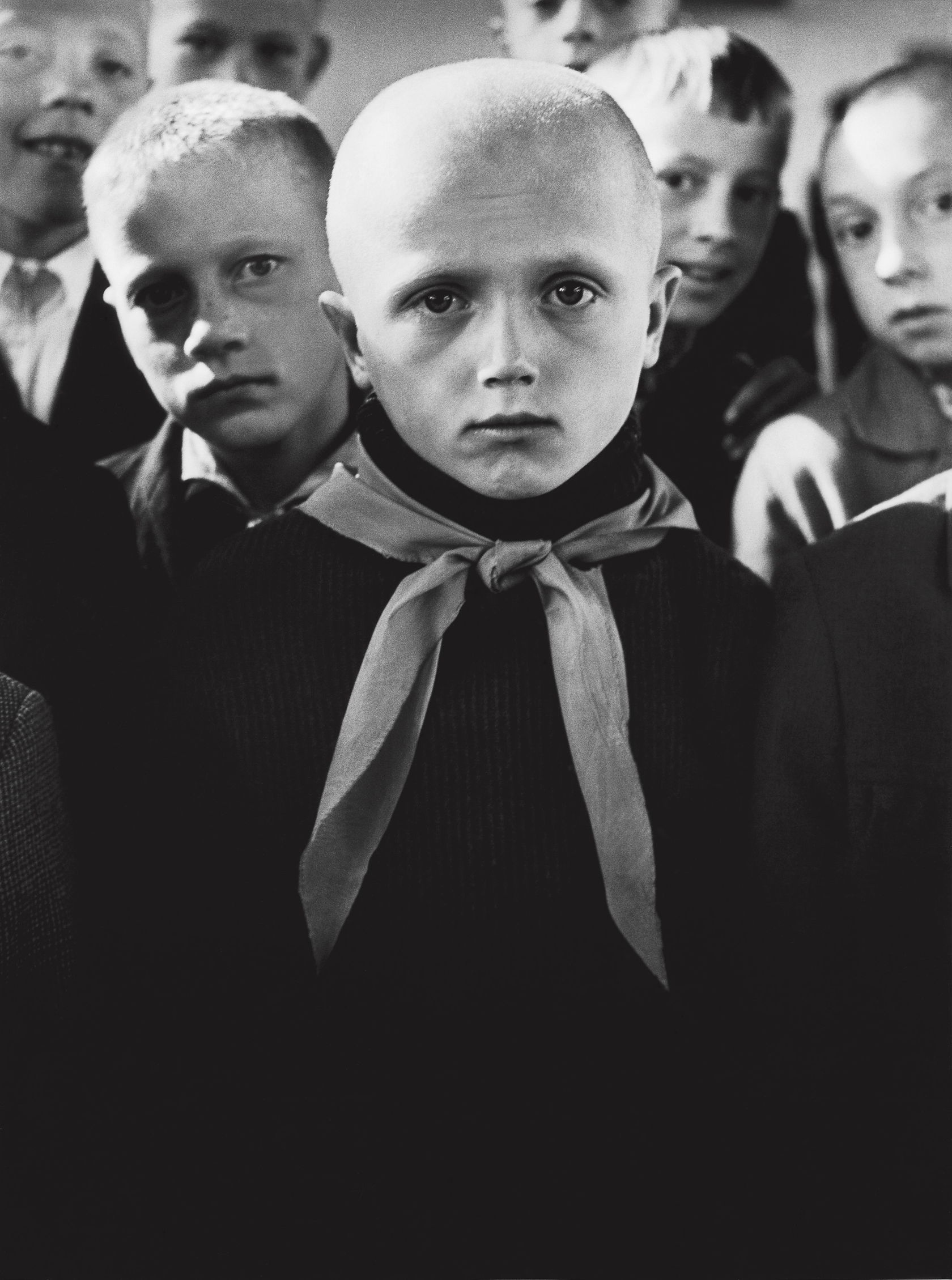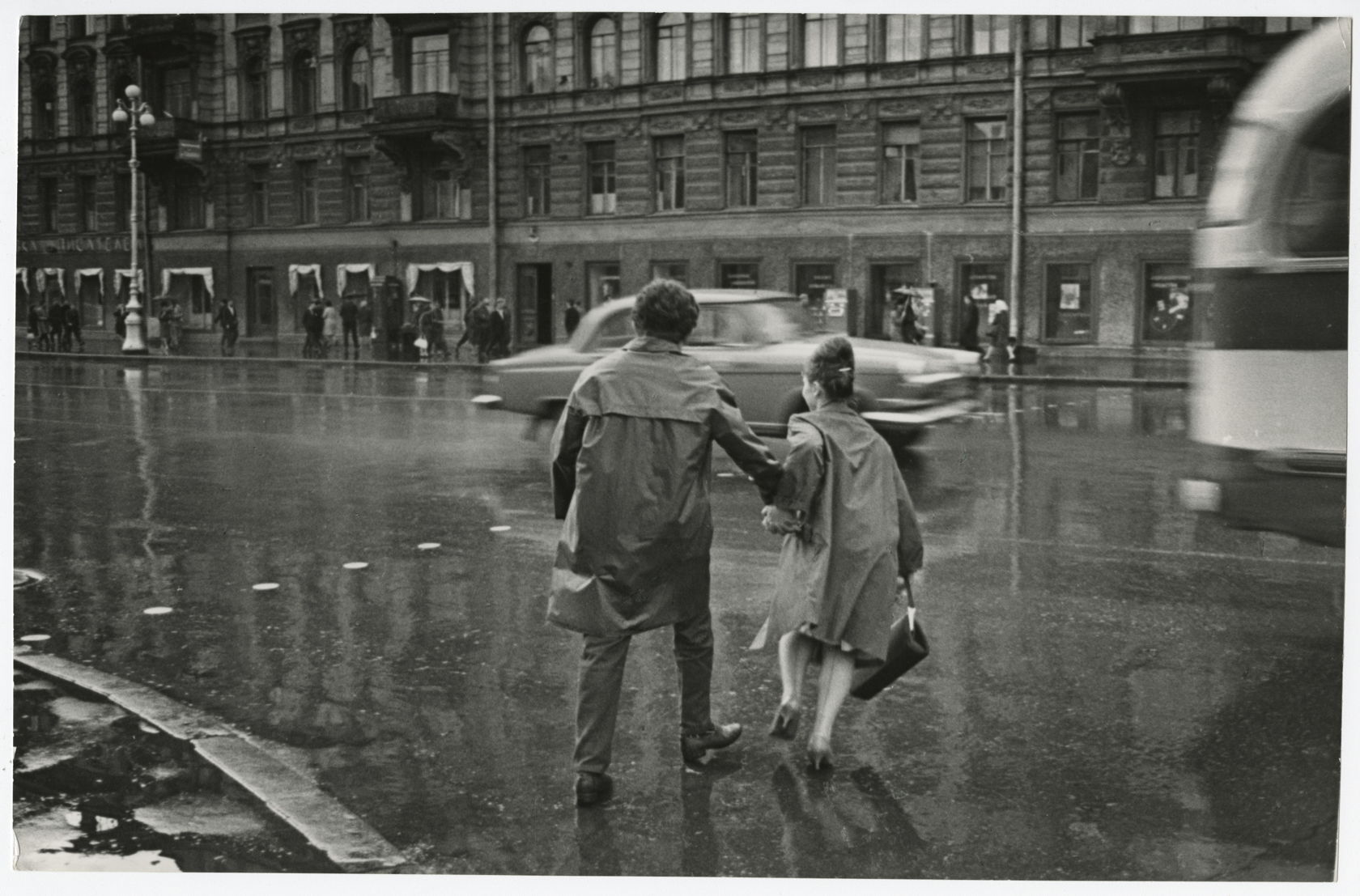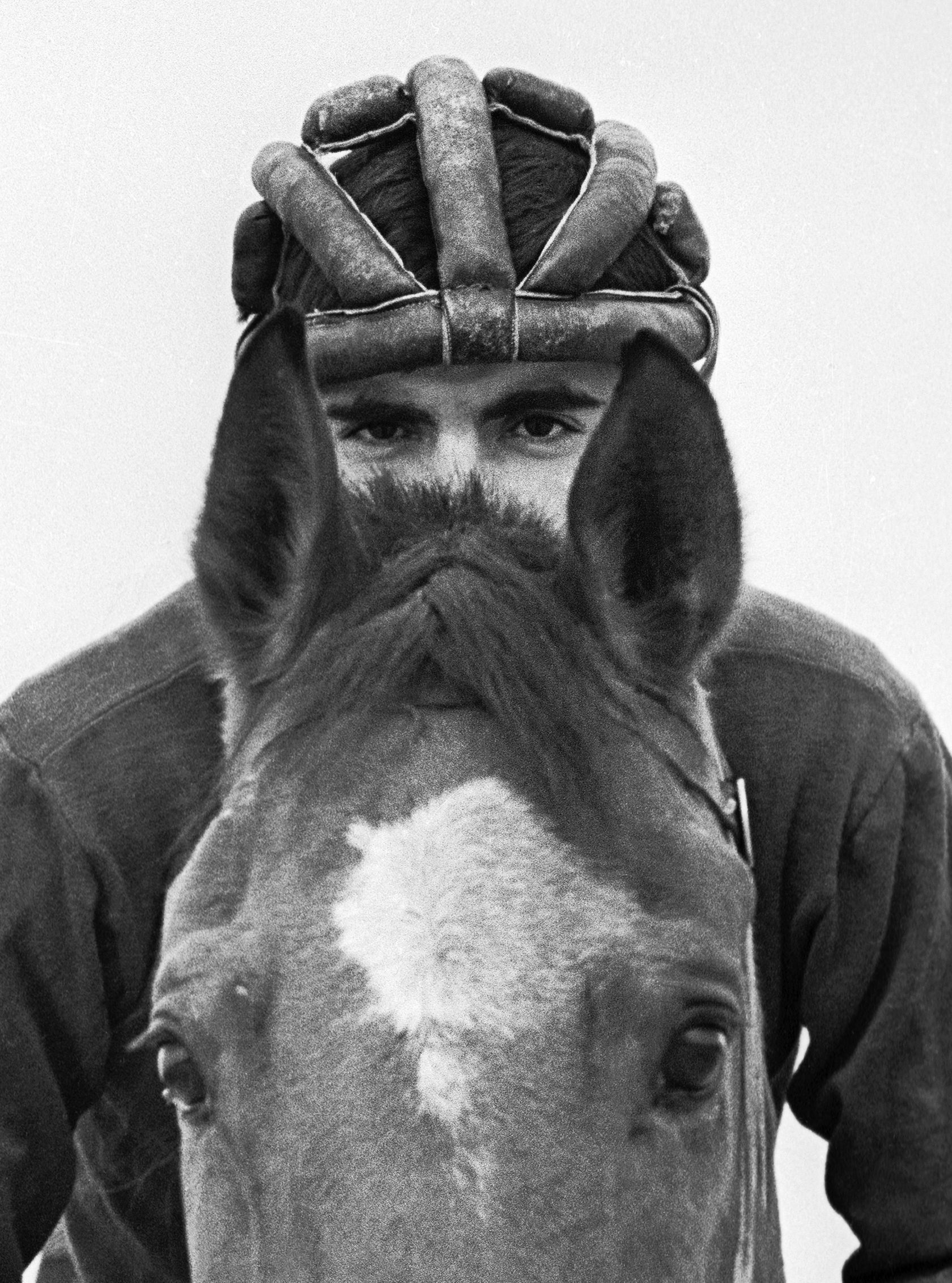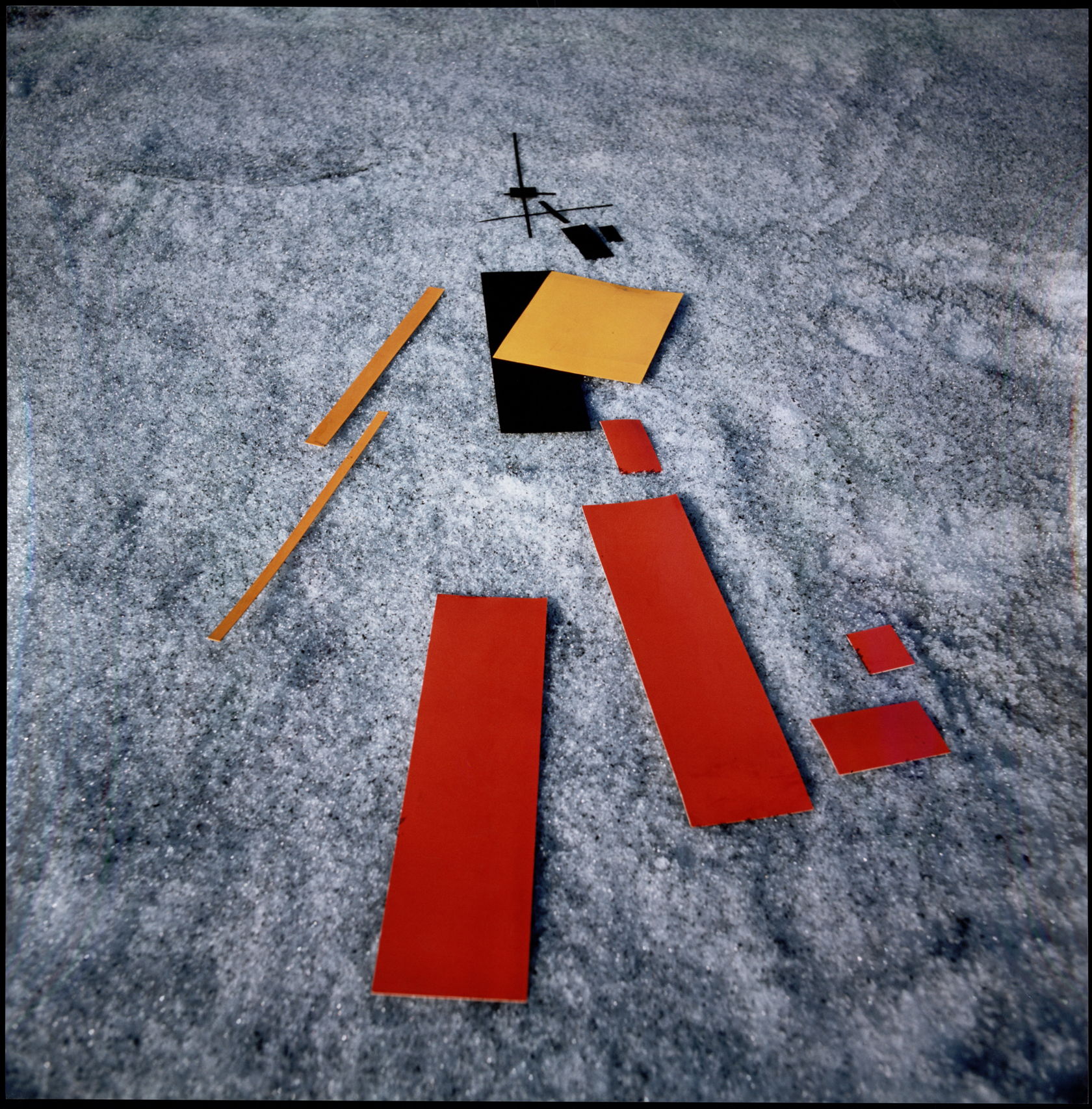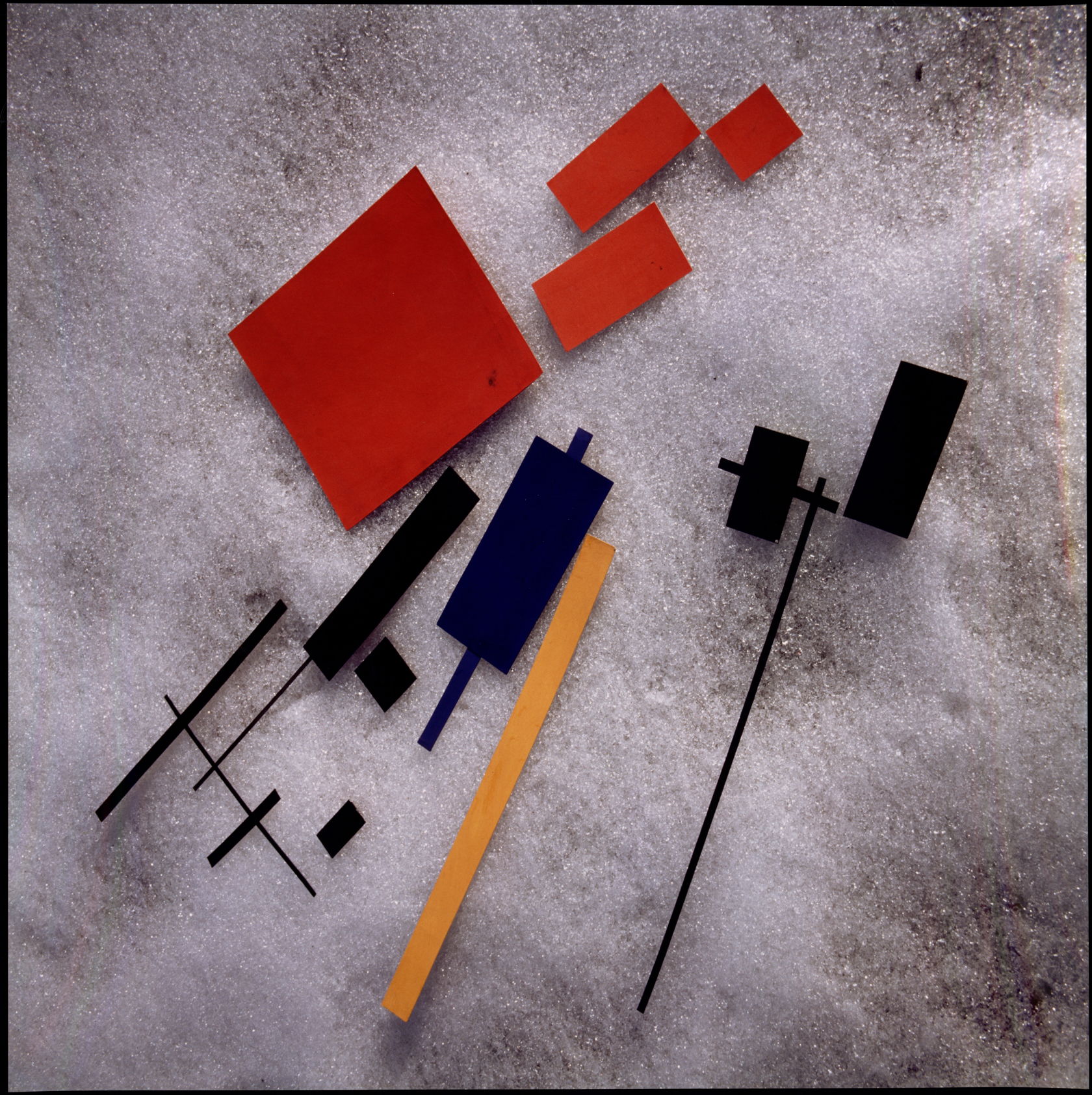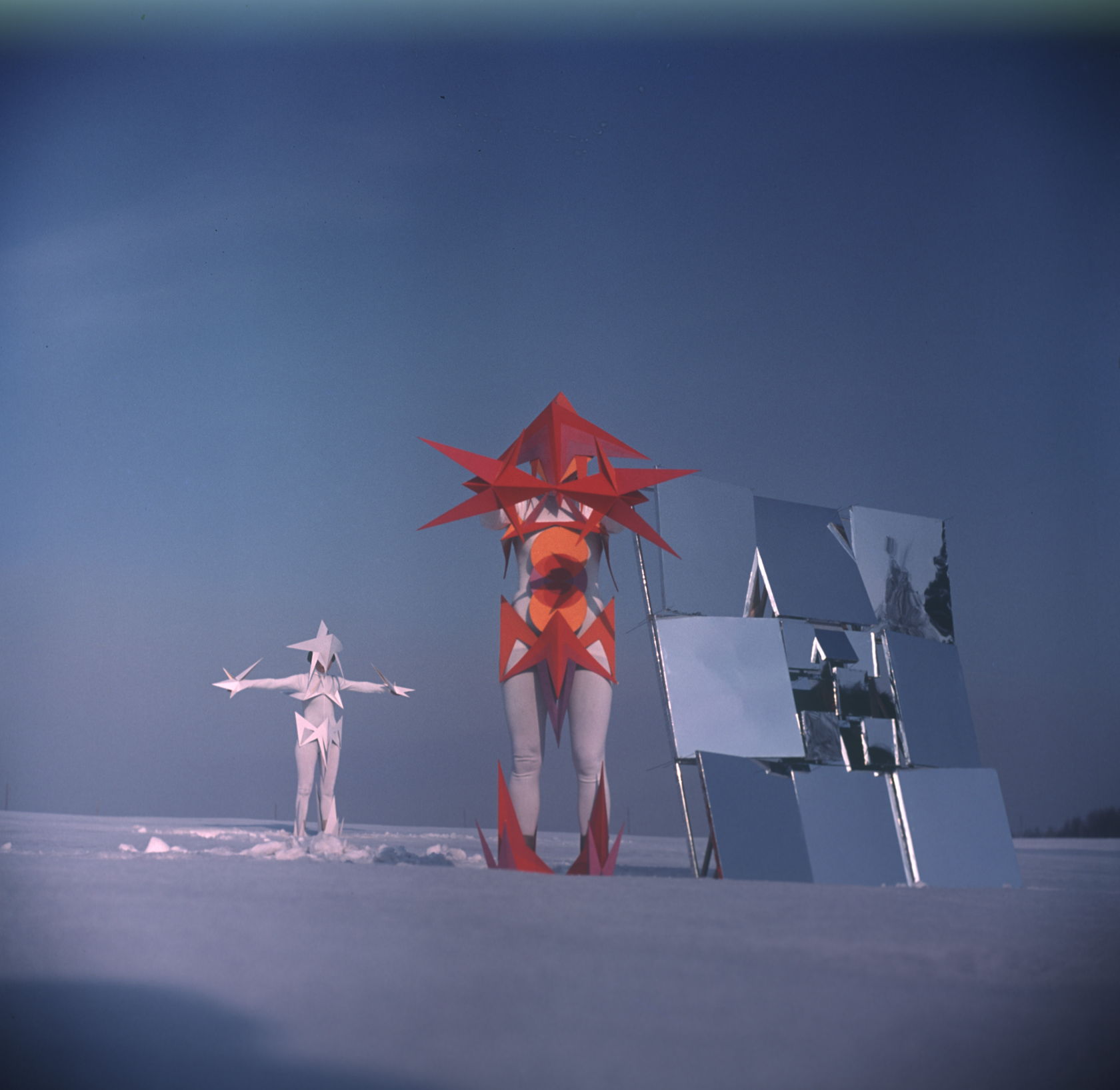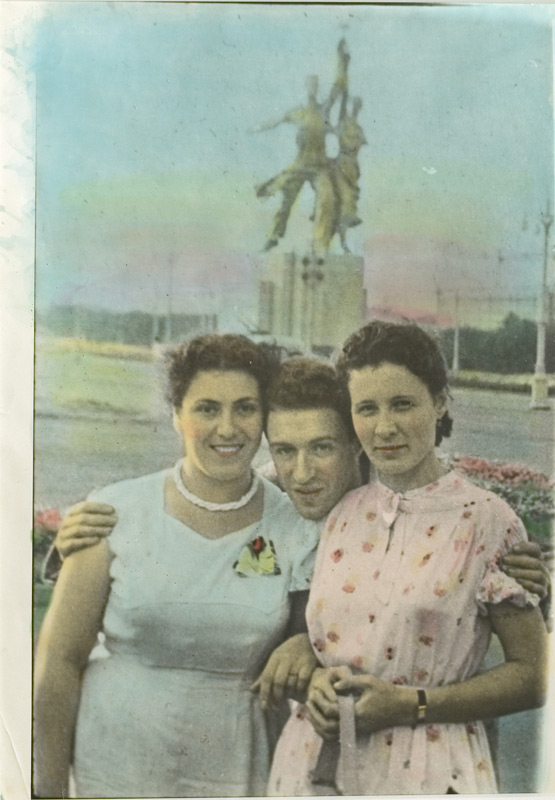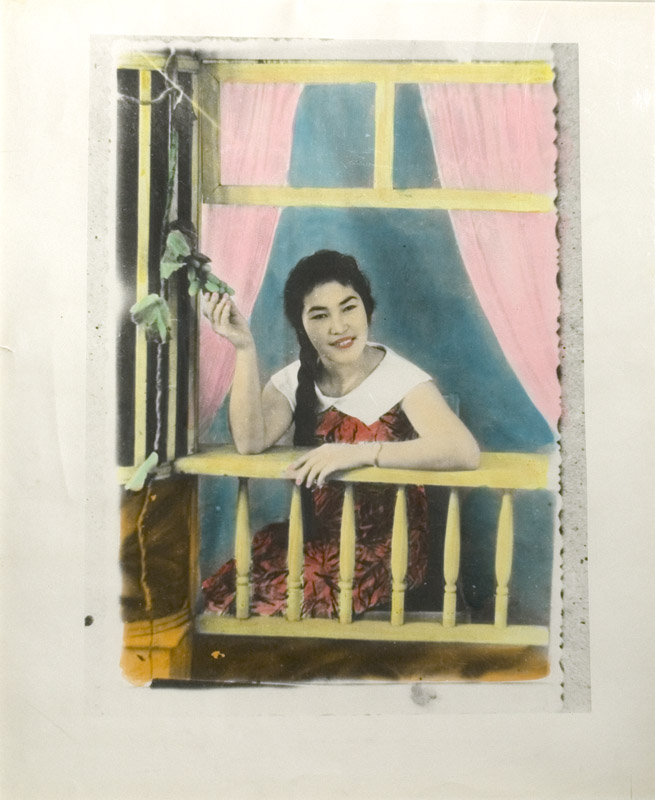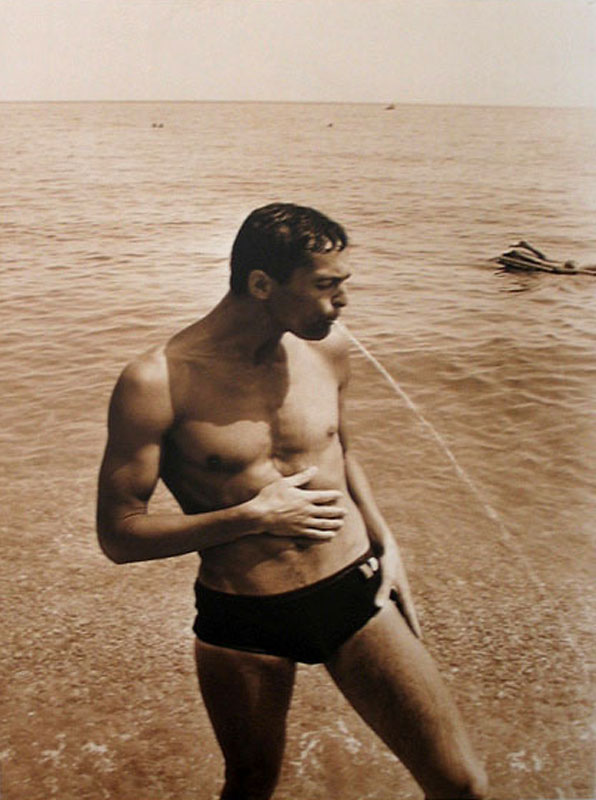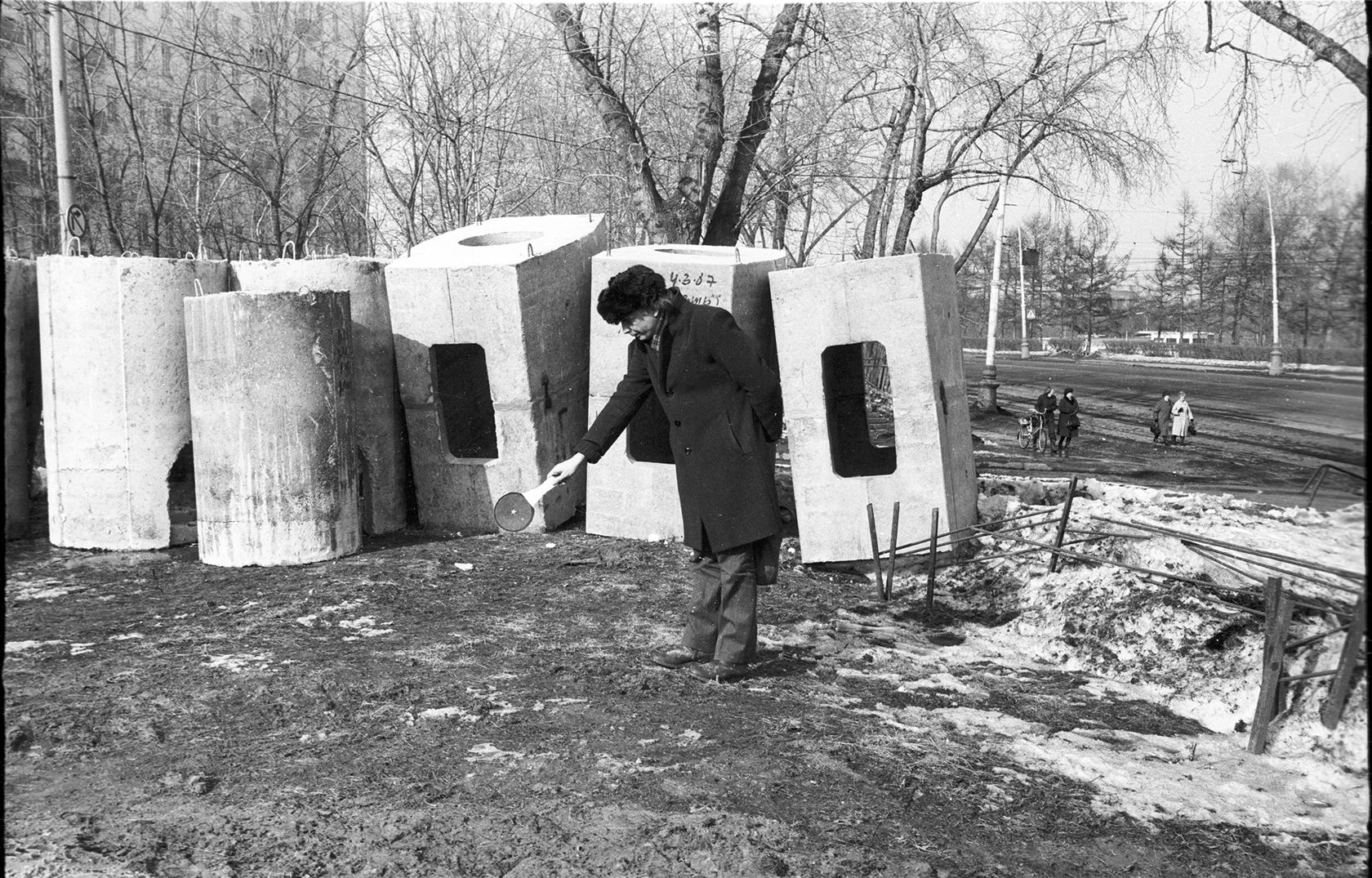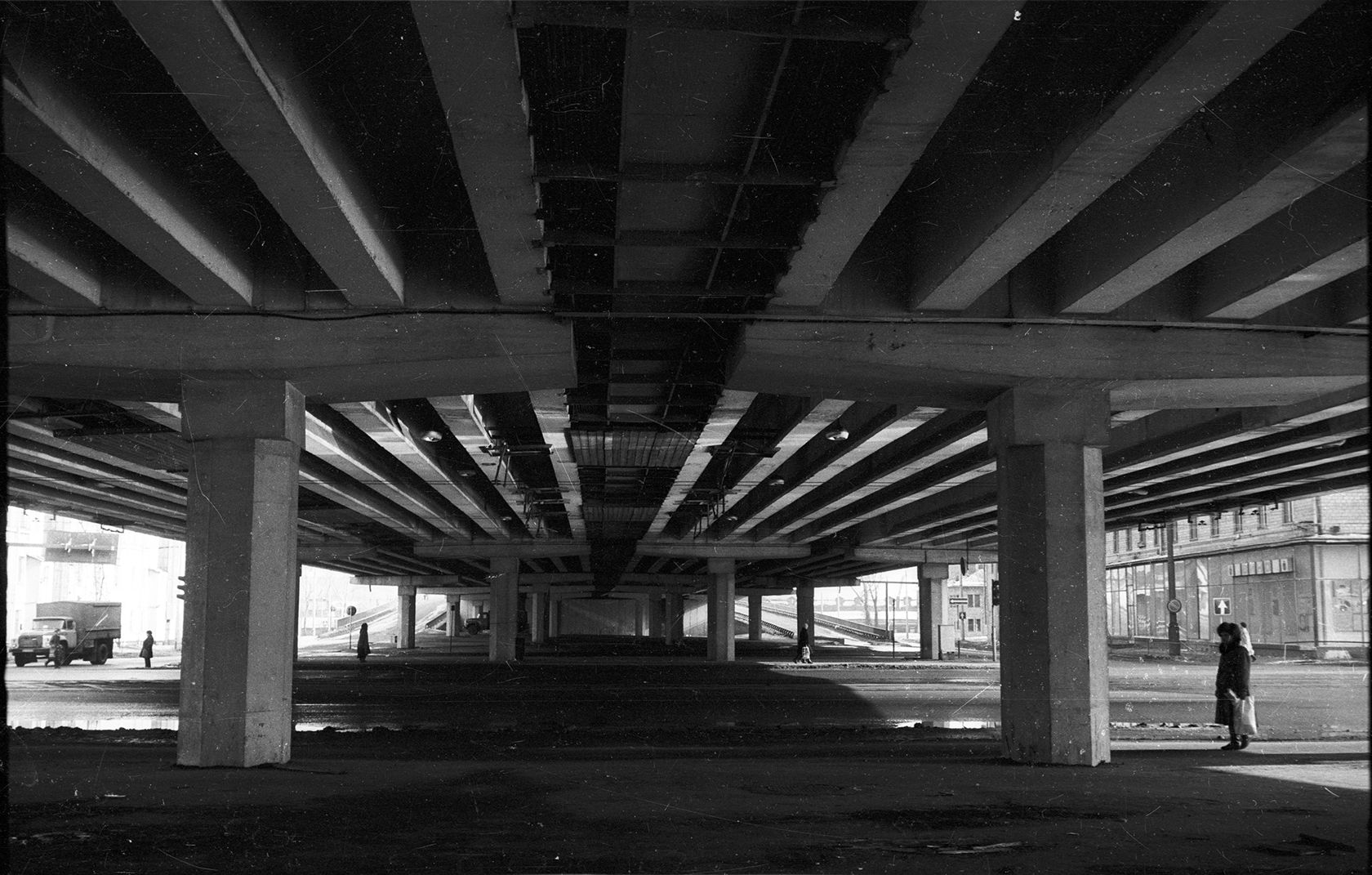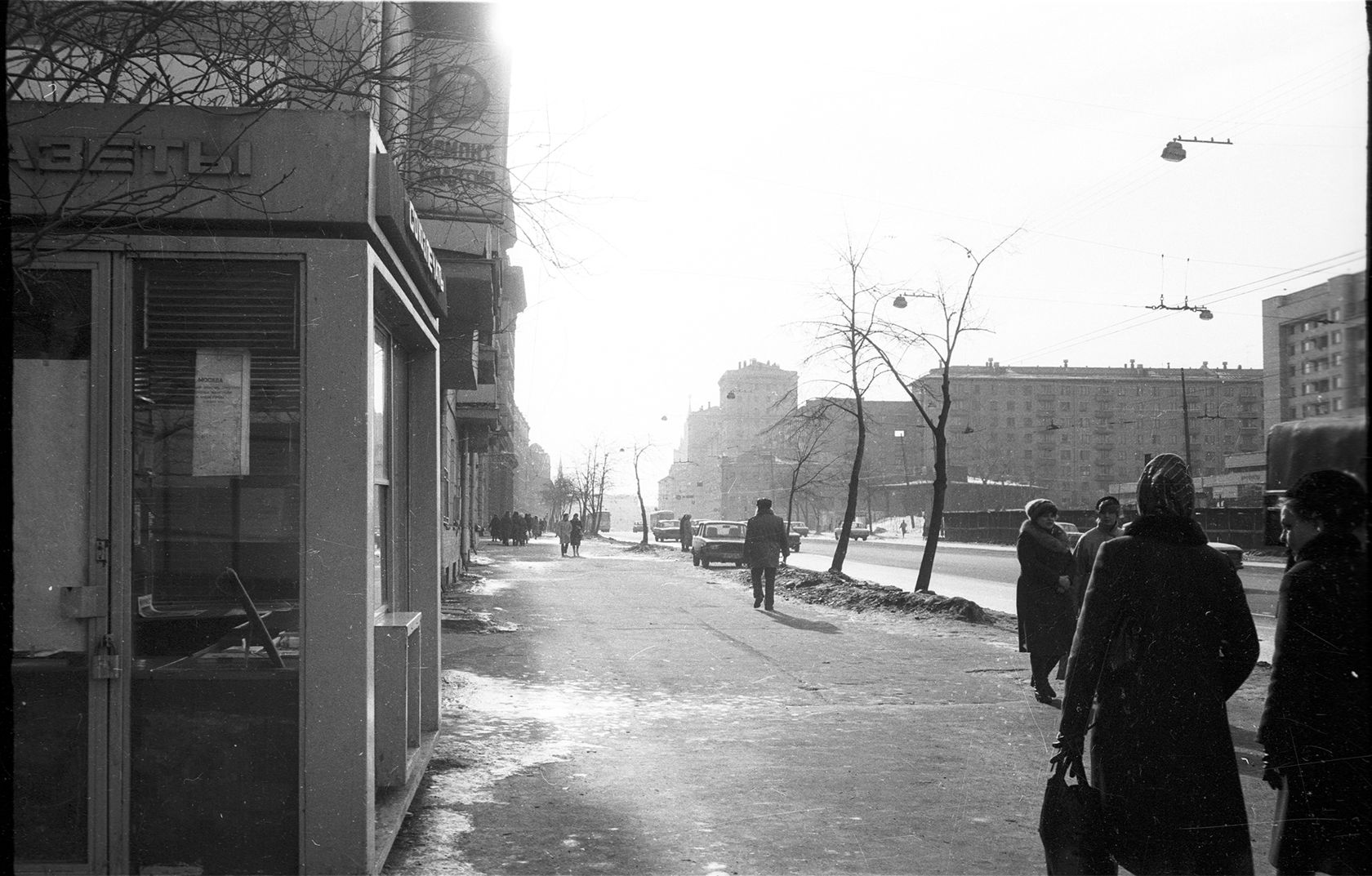Dmitry Smolev
special to RBTH
special to RBTH
Soviet photography:
From the Russian Revolution to perestroika
Recalling the major milestones in the history of photography in the USSR
While the phrase "Soviet photography" can be encountered frequently in various publications dedicated to the culture of the 20th century, it has to be clarified and paraphrased each time it is mentioned, since the period this blanket term covers is over 70 years long. In this special long read RBTH accompanies you on a voyage through history and introduces you to the many faces and styles of the Soviet art of photography, from the photojournalists of the early 1920s to the conceptual artists of the 1970s and beyond.
By 1917 – the year the October Revolution took place – photography techniques had been well known and widely used in Russia for over five decades. Granted, the revolution led to drastic changes in society, but many areas of life and culture remained essentially the same. Photography was among these: The pre-revolutionary photographers still operated, the usual equipment was in use as before, and the familiar genres were as popular as ever. One of those genres was photojournalism – and it was in fact its transformation into the "main genre" in the mid-1920s that led to some important changes, caused both by the onset of an international trend and by the efforts of photography enthusiasts within now-Soviet Russia. A good case in point is Alexander Rodchenko, whose revolutionary approach to composition was to have a far-reaching influence in the West.
Photographs by Alexander Rodchenko
Discovering the way Alexander M. Rodchenko cropped both his and other journalists' works is both interesting and informative. An artist and a pioneer, he entered the world of photography armed with his own established vision. First in his paintings and then his photos, he created compositions using the bare minimum of expressive means. As this master of fresh and succinct creations put it himself, "You can make a composition out of a dot, provided you place it in the right spot."
A. Lavrentyev, art historian. Sovietskoye Foto magazine, 1978
Inevitably, the emergence of the "main genre" caused a struggle for leadership. In the late 1920s and the early 1930s, there were two major movements locked in this fight for supremacy: constructivists and "proletarian photographers" (to use the contemporary terms). The two groups debated on the purpose and the methods of photojournalism. Constructivists – including Alexander Rodchenko, Boris Ignatovich, Yeleazar Langman, Vladimir Gruntal and other members of the so-called "October" group – were accused by their opponents of overusing sharp angles, tainting "pure photography" with photo editing and even abandoning the "class essence" of the art. The constructivists responded by denouncing the members of the Russian Society of Proletarian Photographers – one of the most prominent of which was the famous reporter Arkady Shaikhet – for misunderstanding the revolutionary role photography was supposed to play in the country.
"Unanimously." Elections in the local council in the village of Povorovo, 1925. Arkady Shaikhet
But in reality, the conflict served as a tool to enrich the creative arsenal for both groups. For instance, Shaikhet eagerly used diagonal composition, high-angle shots and other techniques practiced by the constructivists. Likewise, he was no stranger to the "western influence": his famous photo "A Komsomolets at the Wheel" alludes heavily to "Power House Mechanic Working on Steam Pump" by U.S. photographer Lewis Hine. Through artistic dialogue with foreign practitioners and the unending disputes with each other, both constructivists and "proletarian photographers" created the never-before-seen aesthetics of the new age – an age that ended in 1932, when the Communist Party issued a decree abolishing all the previously existing creative associations and groups. Thus began an era of strict unanimity, which meant that photographers and all creative professionals in general had to abide by the principles of socialist realism, the artistic doctrine that prioritized the glorification of Soviet life through realistic depiction and shunned formalism and abstract approaches.
Photographs by Arkady Shaikhet
Prisoners of beauty
Pictorialism was a movement in western photography in the late 19th and early 20th century. The members of the movement imitated painting and drawing styles in their works.
As the fierce ideological disputes raged on, some other developments, albeit less noticeable to the public eye, were also unfolding in the world of Soviet photography. One of the most dramatic pages in the photographic history of the USSR was that of the pictorialists, who referred to themselves as "photo artists." Very successful in the Russian Empire, the pictorialists were at odds with the new authorities. They were considered "harmful elements," distracting the workers from building a bright future for the country. That said, some pictorialists, like Alexander Grinberg, Yury Yeremin, Vasily Ulitin and Nikolai Svishchev-Paola, were at least somewhat shielded from the authorities by their international fame – or so it seemed at first.
While in the early 1920's Russian pictorialists managed to find opportunities to promote their great collective project, dubbed The Art of Movement, just a couple of years later such undertakings were out of the question. Their last public exhibition took place in 1935. Before long, the leader of the movement Alexander Grinberg was arrested on trumped-up charges of "spreading pornography." His associate Vasily Ulitin was exiled from Moscow, and the rest of the members were deprived of access to all the printed editions and exhibition halls. Soviet pictorialism was all but destroyed, and it took several decades for it to be even mentioned again.
While in the early 1920's Russian pictorialists managed to find opportunities to promote their great collective project, dubbed The Art of Movement, just a couple of years later such undertakings were out of the question. Their last public exhibition took place in 1935. Before long, the leader of the movement Alexander Grinberg was arrested on trumped-up charges of "spreading pornography." His associate Vasily Ulitin was exiled from Moscow, and the rest of the members were deprived of access to all the printed editions and exhibition halls. Soviet pictorialism was all but destroyed, and it took several decades for it to be even mentioned again.
Coming in from the cold
After having abolished all the uncontrolled cultural societies and associations, the state promptly created official creative unions. Alas, Soviet photographers did not get their own association – but this could be considered a good thing. While each author had to face censorship, the photographers were mostly left to their own devices. The masters of the art of the early 1940s managed to find stories, angles and compositions that both appealed to the party bosses and had artistic value. Photojournalism was combined with staged photography, and techniques developed from the recent experiments seeped into the ubiquitous socialist realism. The best photojournalists of the Soviet Union – Max Alpert, Ivan Shagin, Yevgeny Khaldei, Emmanuil Evzerikhin, Alexander Ustinov, Dmitry Baltermants and others – did their best to show their talent within the official confines.
Unnamed, 1941
Alexander Ustinov
Combat, 1942
Max Alpert
At the enemy, 1944
Anatoly Yegorov
Tchaikovsky… Germany. 1945
Dmitri Baltermantz
This heroic age was probably the last period of the Stalin era when at least some facets of creative freedom were possible. In contrast, the second half of the 1940s and the early 1950s are nowadays widely considered "lifeless": Even though the country had a whole plethora of talented and skilled photographers, the oppressive architecture of propaganda continued to reign, with no end in sight. But eventually Stalin died and the Krushchev thaw arrived, allowing the USSR to begin to break free from the odious stereotypes.
The wind of change
Georgia. Lunch at the Guripsh settlement with N. Khrushchev
and F. Castro, 1963. Vasily Yegorov
and F. Castro, 1963. Vasily Yegorov
During Khrushchev's rule, a number of young reporters – Valery Gende-Rote, Lev Sherstennikov, Viktor Akhlomov, Vladimir Lagrange and Alexander Abasa, to name a few – started to gain prominence. Their approach to photography was not limited to the commandments of socialist realism, despite the fact that the term itself remained in use until the fall of the Soviet Union in 1991. Soviet photography, gradually and in small doses, was returning to the international scene – primarily by making appearances at professional awards and competitions. Another important trend was the emergence of regional photography schools which were free from the capital's exacting standards. For example, the Lithuanian photographers of the early 1960s – like Antanas Sutkus, Romualdas Požerskis and Aleksandras Macijauskas – created completely original works according to their own aesthetic principles.
Photographs from the Krushchev and Brezhnev eras
As for the country in general, photojournalism still remained the "main genre," but its boundaries were becoming less strict. In the 1970s, Soviet photographers even began displaying some traits of conceptualism and social criticism in their works (with the former showcased by the artists Francisco Infante and Andrei Monastyrsky, and the latter – by peripheral figures such as Nikolai Bakharev and Boris Mikhailov).
Conceptualist photographs
Nevertheless, these trends, along with a number of other latent cultural movements, were merely germinating during the Krushchev thaw and the era of stagnation that followed under Brezhnev, and were represented by a very limited number of photographers. It was only by the second half of the 1980s, after the start of perestroika, that these simmering underground developments finally made a huge impact. That period was as boisterous as it was uninhibited and eclectic. And it was in this mood that we said goodbye to the historic phenomenon known as Soviet photography.
Special thanks to the Lumière Brothers Center for Photography, the Multimedia Art Museum of Moscow and the Stella Art Foundation for providing the photographs.
Read more:

Story by Dmitry Smolev. Edited by Oleg Krasnov, Alastair Gill.
Photos by The Lumiere Brothers Center for Photography,Multimedia Art Museum (Moscow), Stella Art Foundation, RIA Novosti, art4.ru.
Lead photo by Arkady Shaikhet. "Sportswomen on Red Square".
Closing photo by Vladimir Stepanov. "From an essay on a camera. Start taken".
Design and layout by Ilya Krol.
© 2015 All Right Reserved. Russia Beyond The Headlines.
info@rbth.com

